Yoga Blog
The Evolution of Yoga: How It Thrives in Contemporary Life
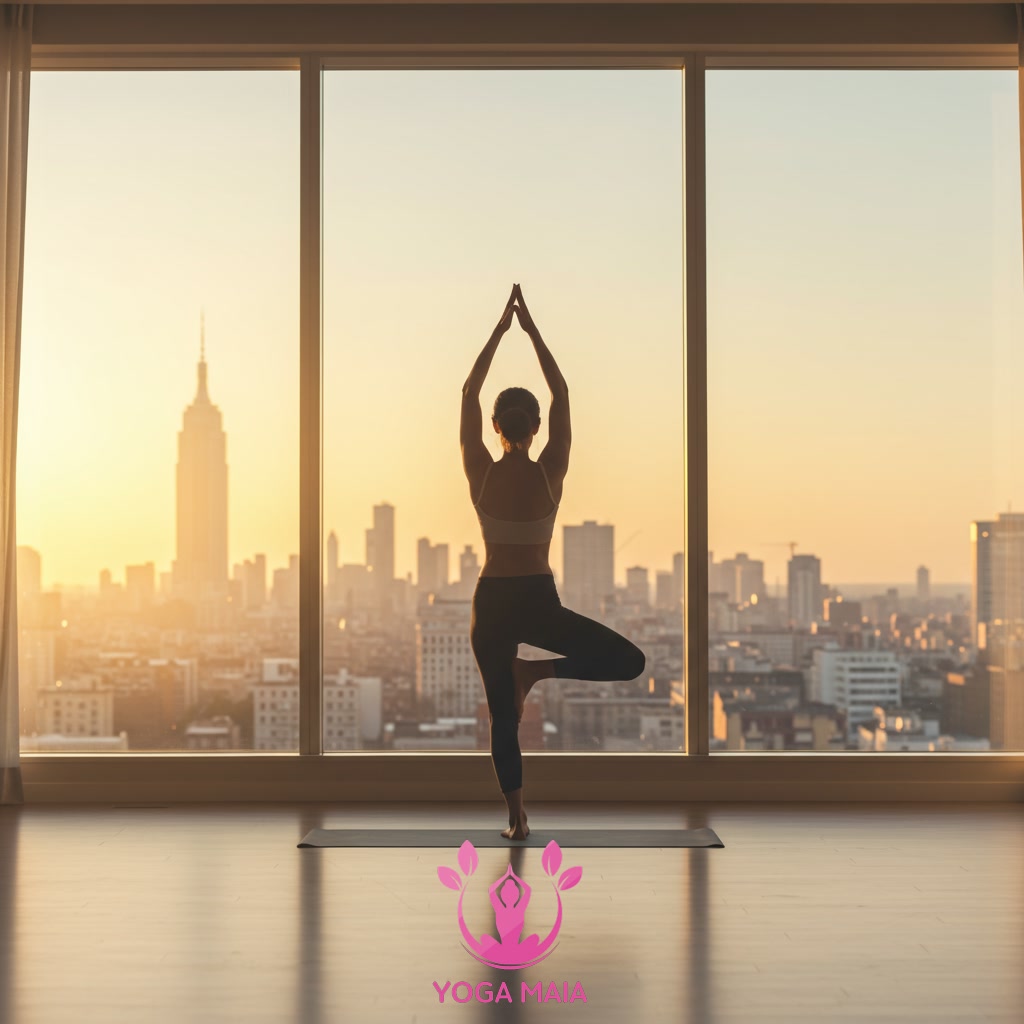
This content traces the historical progression of yoga from its ancient origins. It examines how yoga practices have transformed and adapted to suit modern contexts. The focus is on understanding the reasons behind yoga’s continued relevance and widespread popularity today. It highlights yoga’s successful integration into contemporary health and wellness practices.
Table of Contents
- Section 1: The Ancient Origins: Tracing Yoga’s Roots
- Section 2: Historical Evolution: Key Traditions and Milestones
- Section 3: Yoga’s Journey West: Adaptation and Global Spread
- Section 4: The Contemporary Yoga Landscape: Styles and Practices Today
- Section 5: Why Yoga Thrives: Addressing Modern Needs and Challenges
- Section 6: Yoga in Modern Life: Integration into Health, Fitness, and Well-being
Section 1: The Ancient Origins: Tracing Yoga’s Roots
The origins of yoga are deeply embedded in the spiritual traditions of ancient India, dating back thousands of years. Early references appear in foundational texts like the Vedas and Upanishads, where yoga was primarily understood as a path towards spiritual enlightenment and self-realization. These initial practices centered on meditation, ethical principles, and breath control (pranayama), aiming to discipline the mind and connect with the divine. Physical postures (asana), while present in some early forms, were not the central focus they often are today. This foundational era laid the philosophical and practical groundwork from which the diverse branches of yoga would later develop, emphasizing inner discipline and a quest for liberation.
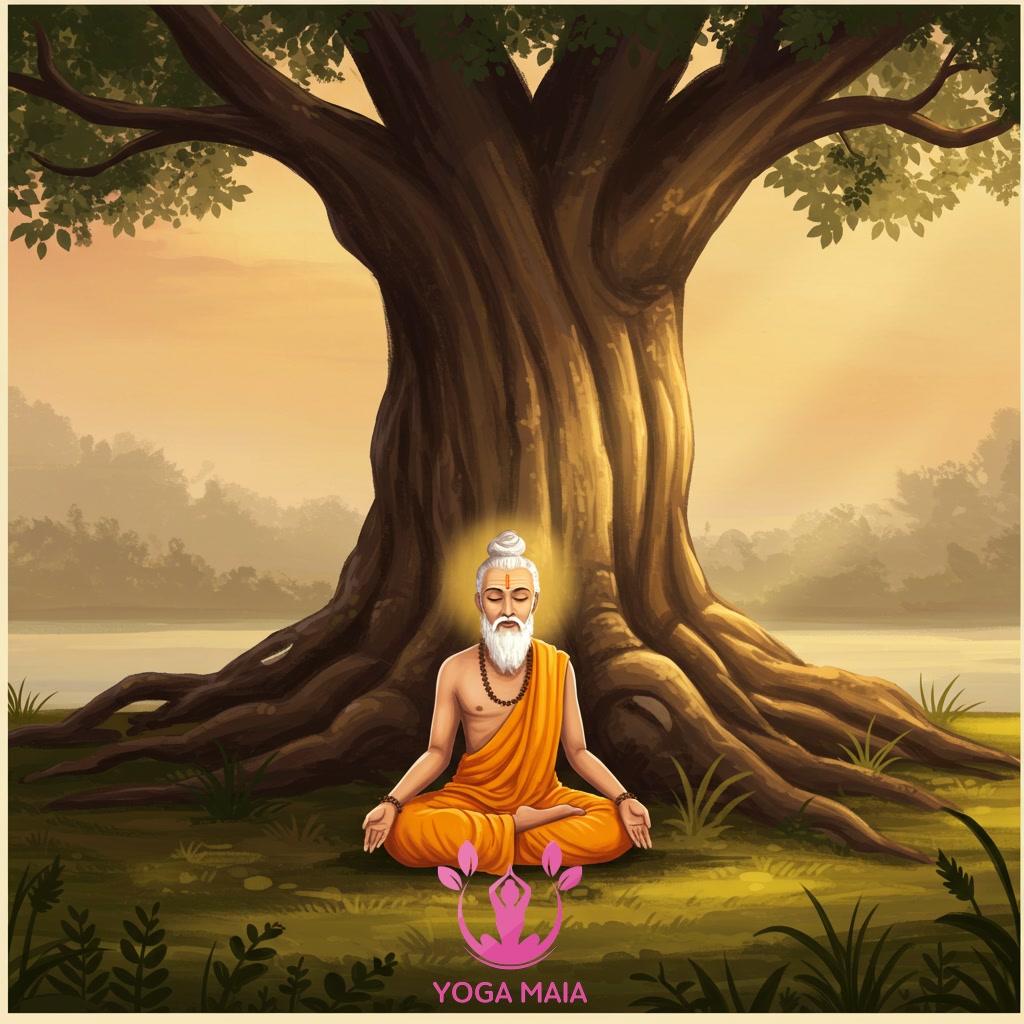 The Ancient Origins: Tracing Yoga’s Roots
The Ancient Origins: Tracing Yoga’s Roots
Section 2: Historical Evolution: Key Traditions and Milestones
Following the foundational references in the Vedas and Upanishads, a major turning point in yoga’s history was the compilation of the Yoga Sutras by Patanjali around the 4th century CE. This text systematically outlined the philosophy and practice of Raja Yoga, focusing on ethical guidelines and meditation as the path to liberation. Centuries later, the focus began to shift with the emergence of Hatha Yoga, which introduced physical postures (asana) and breathing techniques (pranayama) as integral components. Key texts like the Hatha Yoga Pradipika and Gheranda Samhita codified these physical practices, marking a significant evolution from predominantly meditative forms towards a more integrated approach that incorporates the body alongside the mind and spirit. These traditions laid the essential groundwork for the diverse practices seen today.
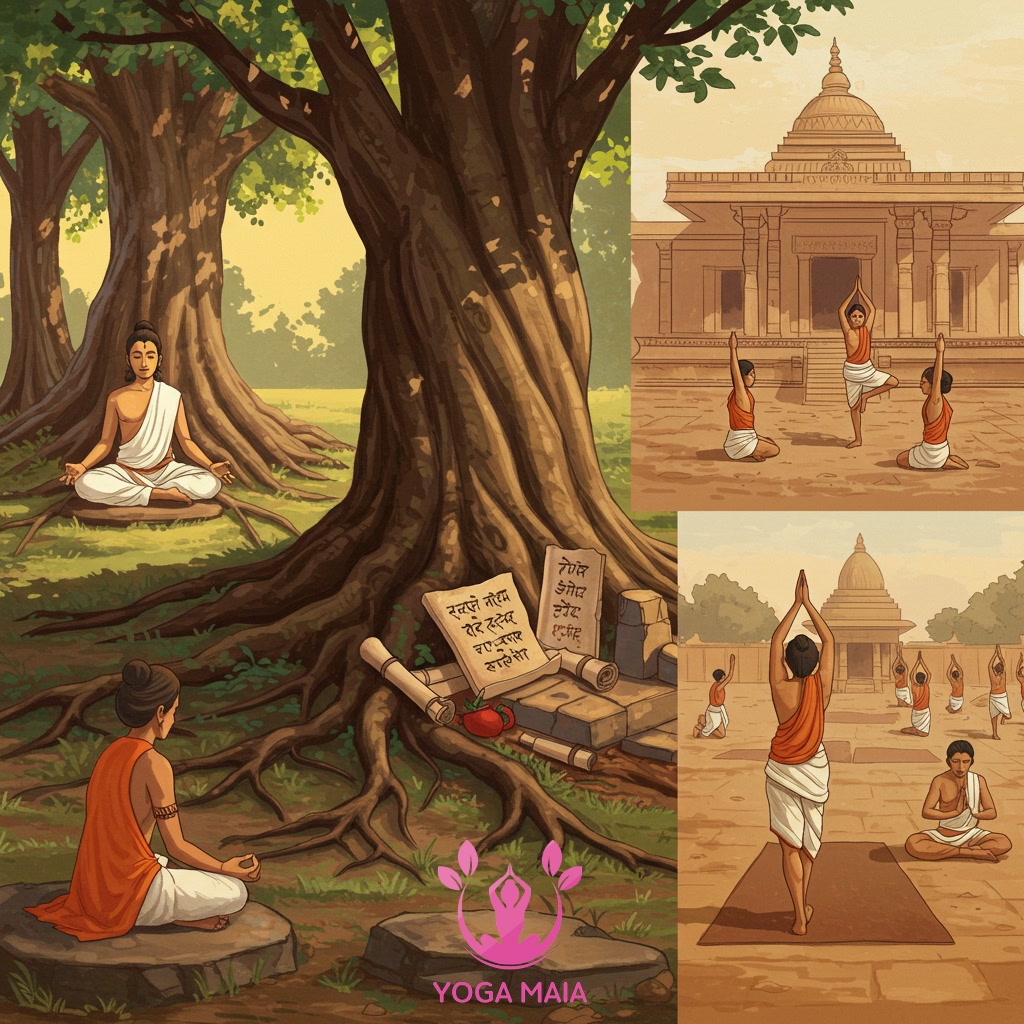 Historical Evolution: Key Traditions and Milestones
Historical Evolution: Key Traditions and Milestones
Section 3: Yoga’s Journey West: Adaptation and Global Spread
Following the foundational references in the Vedas and Upanishads, a major turning point in yoga’s history was the compilation of the Yoga Sutras by Patanjali around the 4th century CE. This text systematized yoga’s philosophical and practical aspects, primarily focusing on meditation and ethical discipline to achieve liberation. While physical postures (asanas) existed, they were not central to Patanjali’s system. Yoga remained largely an Indian tradition for centuries. However, starting in the late 19th and early 20th centuries, figures like Swami Vivekananda introduced yoga philosophy to the West. This marked the beginning of yoga’s journey across continents. As it spread, particularly throughout the 20th century, yoga began to adapt. The emphasis gradually shifted in many Western contexts towards the physical practice of asanas and pranayama (breathing exercises), integrating it into health, fitness, and stress-relief regimens, leading to its modern, global form.
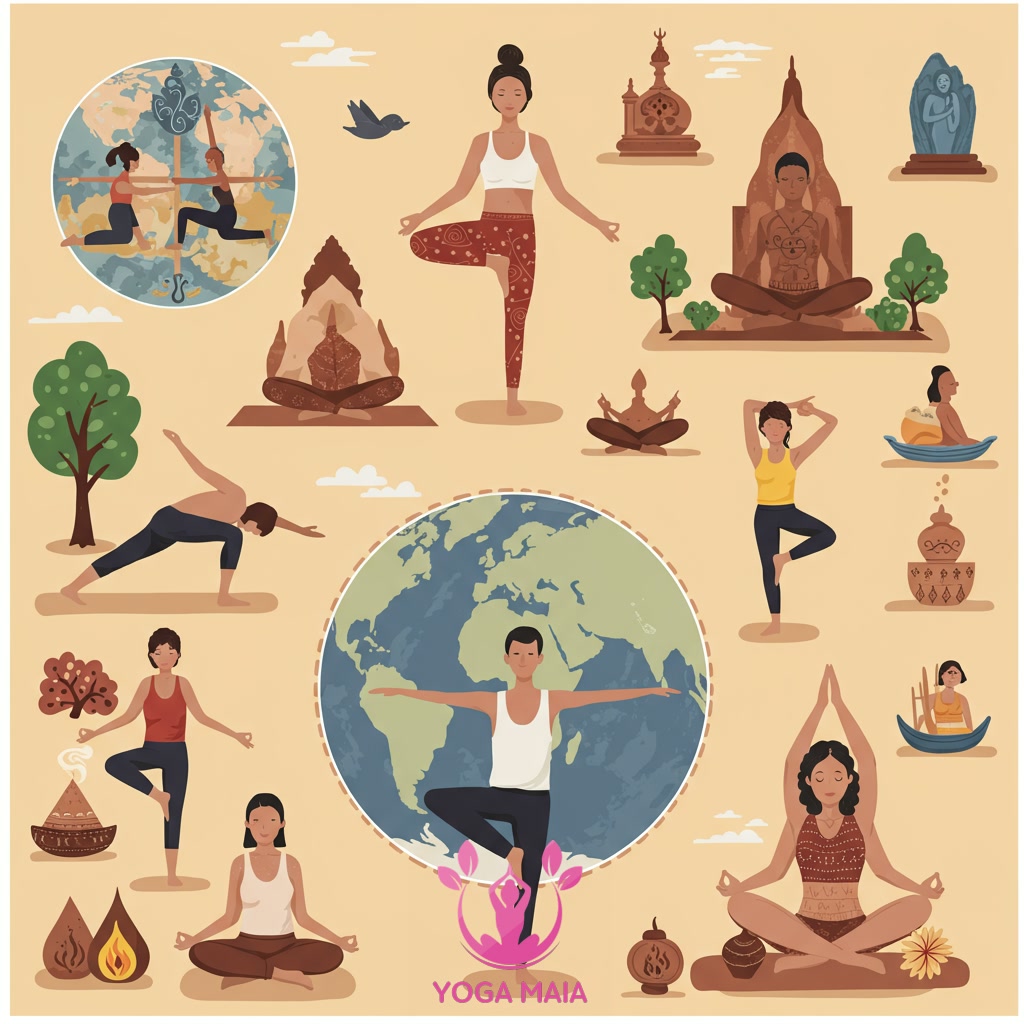 Yoga’s Journey West: Adaptation and Global Spread
Yoga’s Journey West: Adaptation and Global Spread
Section 4: The Contemporary Yoga Landscape: Styles and Practices Today
Building upon the foundational principles outlined in texts like the Yoga Sutras, the contemporary yoga landscape is incredibly diverse and dynamic. Modern practice has evolved into a multitude of styles, each emphasizing different aspects. Styles like Vinyasa Flow focus on linking breath to movement in dynamic sequences, while Ashtanga follows a rigorous, set series. Hatha yoga often involves holding poses for longer durations, and Yin and Restorative styles target deep connective tissues or promote relaxation through supported poses. Today, yoga is practiced not only in dedicated studios but also online, in gyms, schools, and therapeutic settings, reflecting its adaptability and broad appeal as a holistic approach to physical fitness, mental clarity, and overall well-being.
 The Contemporary Yoga Landscape: Styles and Practices Today
The Contemporary Yoga Landscape: Styles and Practices Today
Section 5: Why Yoga Thrives: Addressing Modern Needs and Challenges
Building on the diverse styles of modern yoga, its enduring appeal lies in its profound ability to address the unique pressures of contemporary life. In an era marked by chronic stress, sedentary lifestyles, and constant digital stimulation, yoga offers a holistic antidote. Its physical postures counteract the effects of inactivity and poor posture, while its emphasis on breathwork and mindfulness provides essential tools for managing anxiety and improving mental clarity. Furthermore, yoga fosters a sense of community and self-awareness, offering a grounded practice in a fast-paced world. It’s not just physical exercise; it’s a comprehensive system for well-being that directly responds to the physical and mental demands of modern existence, making it more relevant than ever.
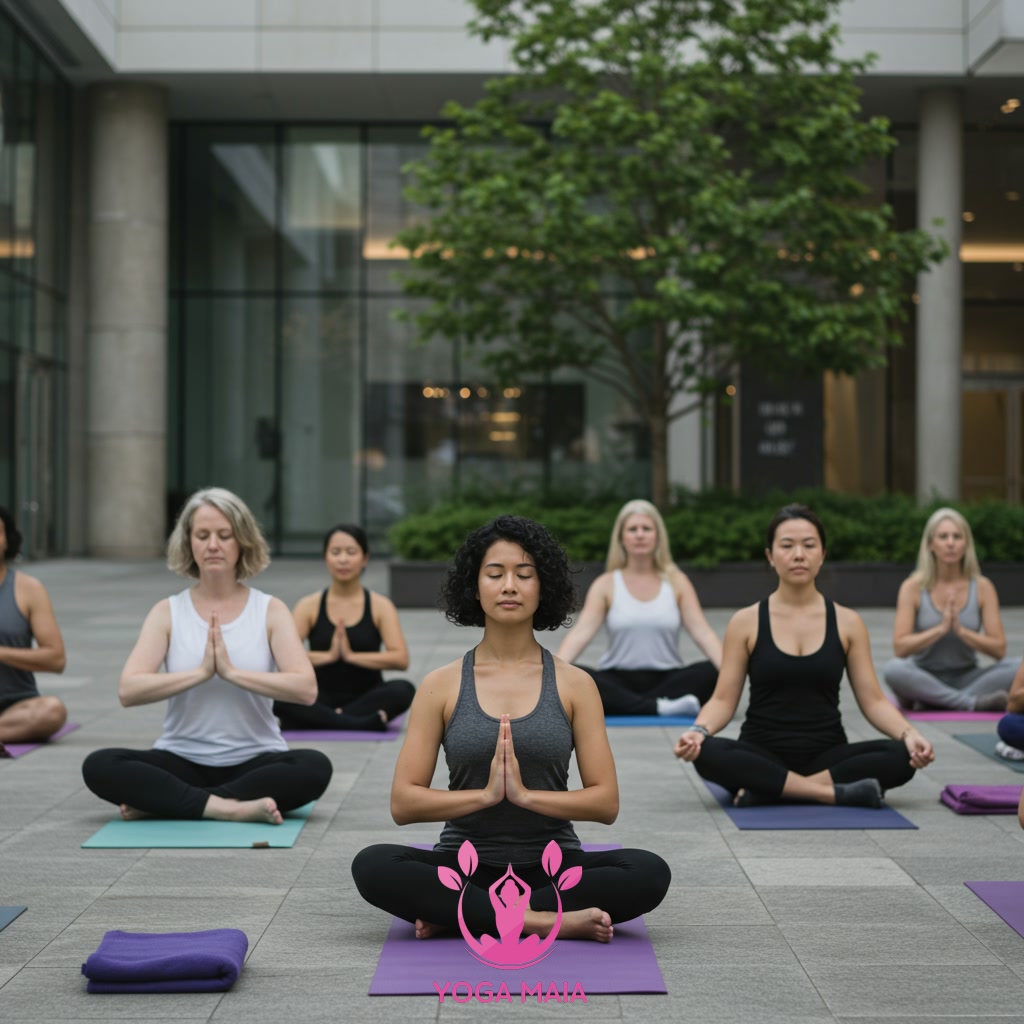 Why Yoga Thrives: Addressing Modern Needs and Challenges
Why Yoga Thrives: Addressing Modern Needs and Challenges
Section 6: Yoga in Modern Life: Integration into Health, Fitness, and Well-being
Building on the diverse styles of modern yoga, its enduring appeal lies in its profound ability to address the unique pressures of contemporary life. In an era marked by chronic stress, sedentary lifestyles, and mental health challenges, yoga provides a multifaceted solution. It seamlessly integrates into modern health and wellness practices by offering physical benefits through asanas that improve strength, flexibility, and balance. Simultaneously, its emphasis on breathwork (pranayama) and meditation cultivates mental clarity, reduces anxiety, and enhances emotional regulation. Yoga is now a common feature in fitness centers, corporate wellness programs, therapeutic settings, and personal routines, recognized for its holistic approach that nurtures both the body and the mind, making it a vital tool for navigating the complexities of contemporary existence.
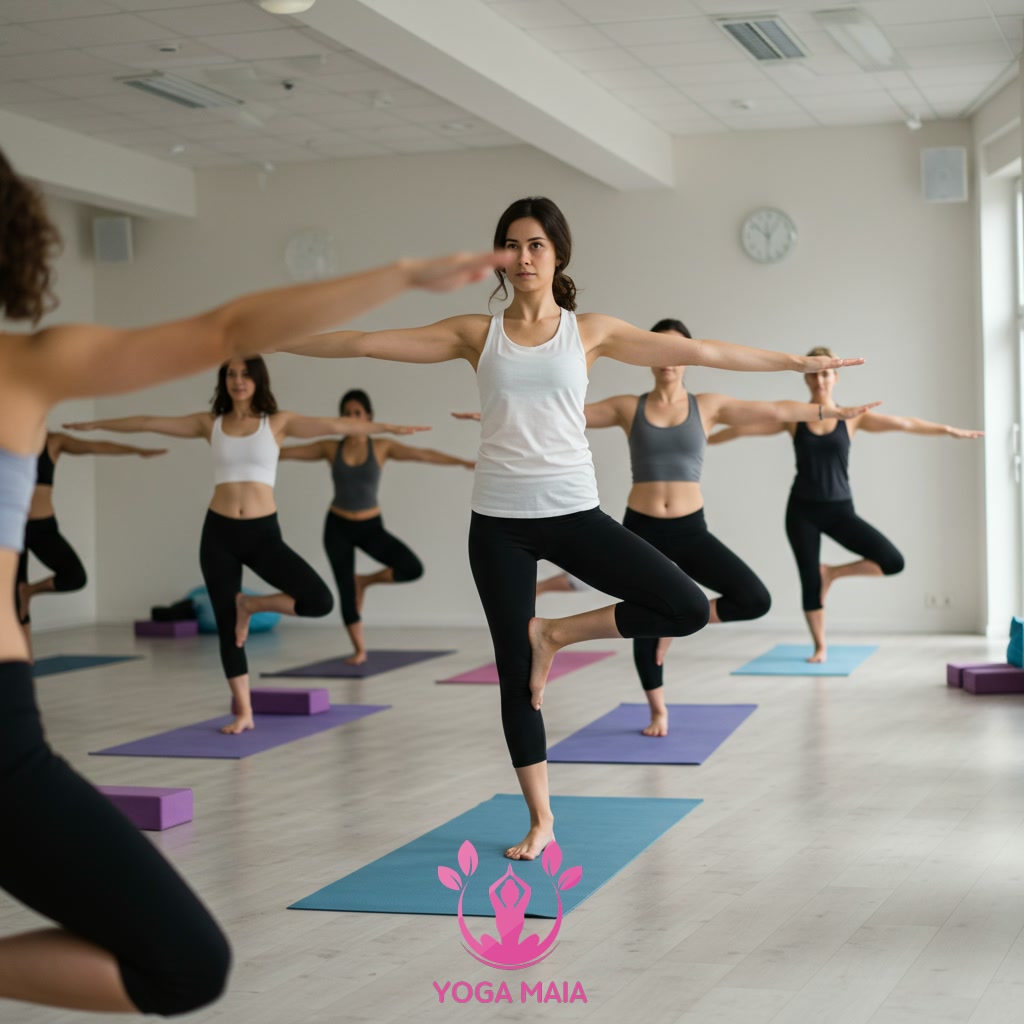 Yoga in Modern Life: Integration into Health, Fitness, and Well-being
Yoga in Modern Life: Integration into Health, Fitness, and Well-being












